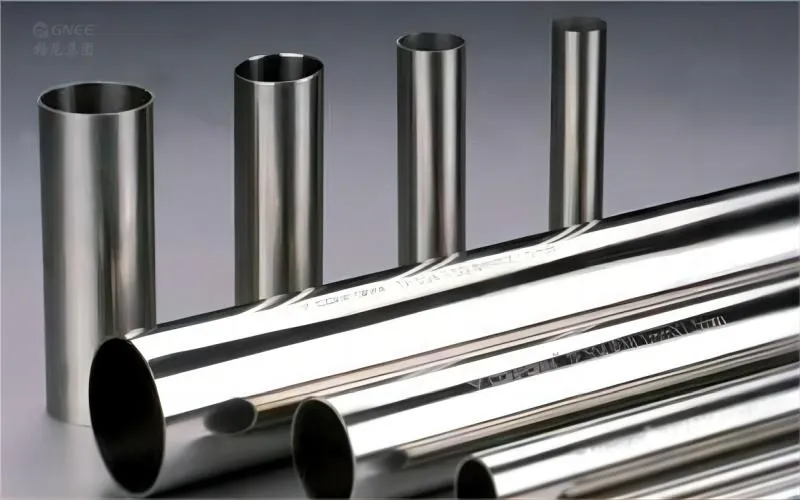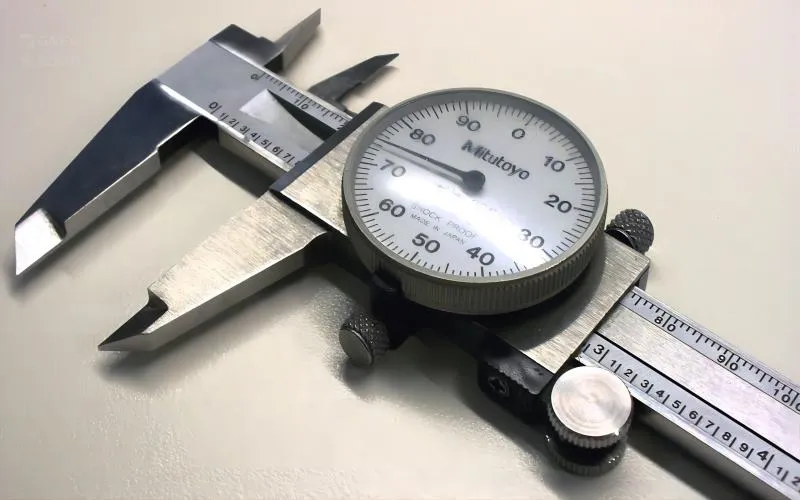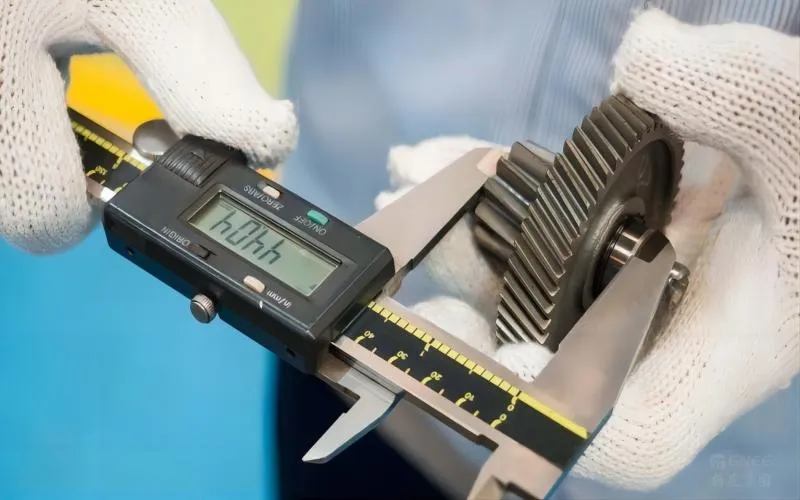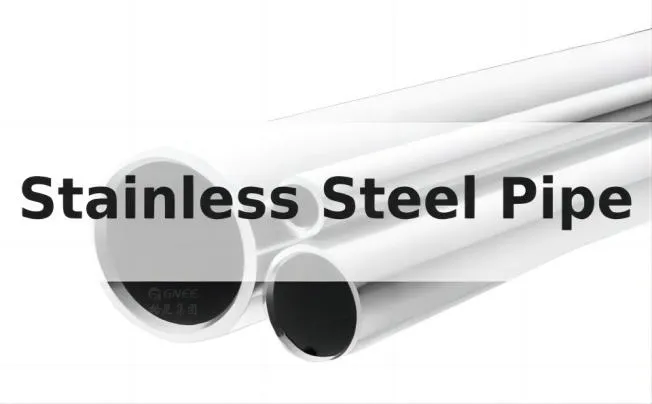Why Should Measure Stainless Steel Seamless Pipe?
In many different applications, such as installation, production, and quality control, measuring stainless steel seamless pipe is a crucial step. The following are a few justifications for measuring stainless steel seamless pipe:
1. Dimensional Verification: Check the seamless stainless steel pipes’ dimensions to make sure they adhere to the necessary measurements and criteria. This is essential for the steel provider to install the steel correctly and for the steel to work with other parts of the system or structure.
2. Quality Control: Measuring the dimensions of stainless steel seamless pipe enables the detection of any deviations or flaws that can impair the pipe’s integrity or performance. This helps guarantee that the pipe satisfies the requirements for quality and tolerances established by the industry.
3. Installation and Fabrication: During the installation and fabrication process, precise measurements of stainless steel seamless pipe are essential because they help identify the exact lengths, angles, and positions needed for correct assembly and alignment.
4. Accurate material calculations are made possible by measuring the specifications of seamless stainless steel pipes, such as figuring out weight, volume, or surface area.
5. Compliance with appropriate rules and standards, which frequently specify particular dimensional criteria, is ensured by measuring stainless steel seamless pipe. This is especially significant for sectors like manufacturing, oil & gas, and construction where following rules is essential for performance and safety.
Overall, it is essential to measure stainless steel seamless pipe to guarantee accurate installation, quality control, exact manufacture, and adherence to industry standards. It supports the performance and integrity of pipes in a range of applications.

Measurement Method of Stainless Steel Seamless Pipe
The large diameter of a seamless steel pipe is 900mm, while the tiny diameter is 4mm. There are thick-walled and thin-walled seamless steel pipes, each with a variety of functions. Petroleum geological drilling pipes, petrochemical cracking pipes, boiler pipes, bearing pipes, and high-precision structural steel pipes for cars, tractors, and aircraft are the principal applications for seamless steel pipes. So how do you gauge a seamless steel pipe’s diameter?
An instrument for measuring: a biaxial diameter measuring device with a variable measuring range.
The gadget features two sets of movable double-sided heads that may be adjusted within the built-in measuring range, and a servo motor automatically adjusts the measuring range. Without calibration, measurement accuracy is ensured once the correction is finished. The device can transmit data to a network database and allow users to view the data in real time using a smartphone or computer. It can also be equipped with an external circulation cooling system, duckbill side-blowing dust-proof system, embedded intelligent module, host computer control system, external LED display, and other features. To automatically modify the height of the measurement center, the lower portion of the apparatus can be fitted with an automatic height adjustment platform.
Additionally, this machinery can continuously roll seamless steel pipes, pipes with a Pilger roll, pipes with a straight seam weld, pipes with a spiral weld, etc. It can be mounted immediately on the assembly line for online measurement as well as on the inspection and fault detection lines for external measurement.

Precautions to Note When Measuring
Steel pipe straightness is not a major requirement in pipelines used for normal fluid transfer. For this form of pipeline, the pipe mouth’s concentricity is mostly needed to make welding the pipeline easier. However, the requirements for straightness or curvature, another crucial indicator, are higher if the steel pipe is used in processing machinery and equipment, particularly rubber rollers, intermediate shafts, etc. The amount of processing has a direct impact on the production cost because it incorporates processing-related difficulties. The steel pipe will end up as scrap if it cannot be treated. Therefore, makers of roller equipment should pay close attention to the straightness of the steel pipes when acquiring seamless steel pipes or straight-seam steel pipes.
Forged steel pipes have the best straightness among seamless steel pipes, straight seam steel pipes, and forged steel pipes. Straightness is usually not an issue because the outside diameter is created piece by piece by processing machinery. Second, the production process for seamless steel pipes includes a three-roller straightening step. A computer-controlled multi-functional integrated hydraulic straightener imported from South Korea is used to straighten pipes with high straightness criteria, and it essentially satisfies client demands.
In general, there are two methods for calculating straightness or curvature:
1. Local curvature of seamless steel pipes or steel pipes with a straight seam: To determine the steel pipe’s maximum curvature and the chord height (mm), which represents the local curvature value in mm/m, use a one-meter ruler. This technique works well for bending pipe ends.
2. Completely bent steel pipe Use a string to tighten the pipe from both ends, measure the steel pipe’s bend’s maximum chord height (in millimeters), and then translate that measurement into a percentage of the steel pipe’s overall bending. length (measured in meters), which is the steel pipe’s overall curvature.



